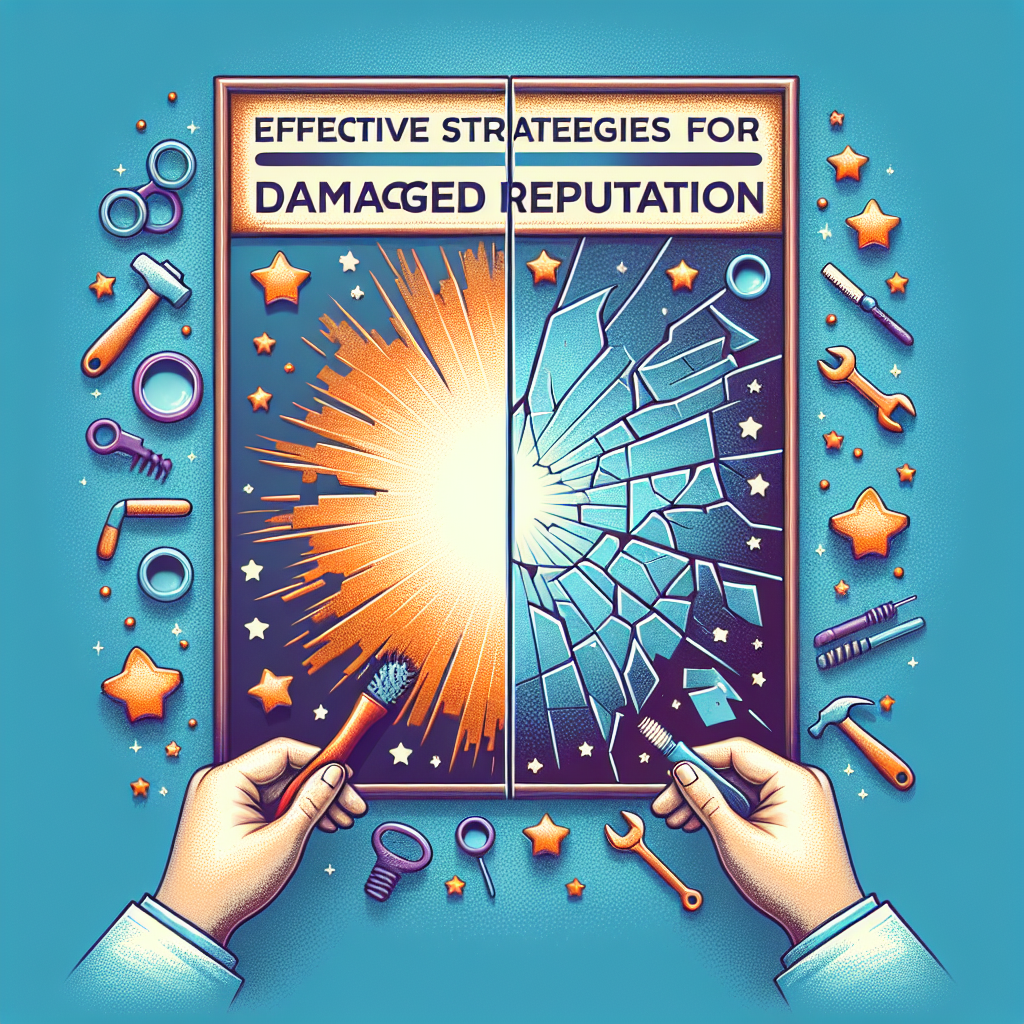In today’s hyper-connected world, a single misstep can lead to a tarnished reputation. Whether you are a business, a public figure, or an organization, your reputation is your most valuable asset. If you find yourself in a situation where your reputation has suffered, don’t despair. With the right strategies, you can repair the damage and regain trust. Here’s a comprehensive look at effective strategies to restore your reputation.
Understanding the Damage
Before diving into repair strategies, it’s crucial to understand the nature and extent of the damage. Engage in honest self-reflection and gather feedback from credible sources. Identify the root cause of the reputation issue:
- Was it a miscommunication?
- A public relations disaster?
- An unethical decision?
Understanding the problem not only guides your repair approach but also helps prevent similar future issues.
Own the Situation
Taking responsibility is a powerful first step. Avoiding accountability can lead to more significant damage. When you own the situation, you show that you take the matter seriously, which can aid in rebuilding trust.
How to Own the Situation
-
Acknowledge the mistake publicly: Make a statement from the heart. Don’t just issue an empty apology; express genuine regret for the impact of your actions.
-
Be transparent: Share what happened and why. The public appreciates transparency and will respond positively if they feel informed.
- Listen to stakeholders: Engage with those affected. Listen to their concerns, and validate their feelings. This can be done through surveys, social media interactions, or personal conversations.
Develop a Comprehensive Recovery Plan
Once you understand the damage and have owned the situation, it’s time to craft a recovery plan. This plan should be comprehensive and multifaceted.
Steps for an Effective Recovery Plan
-
Identify Objectives: Clearly outline what you aim to achieve. This may include rebuilding trust, improving public perception, or regaining market share.
-
Craft a Message: Develop clear, consistent messaging that aligns with your values. Your message should communicate your commitment to rectifying the situation.
- Choose the Right Channels: Determine the best platforms for delivering your message. Whether through press releases, social media, or face-to-face meetings, select channels that resonate with your audience.
Engage with Your Audience
Humanizing your brand or persona is essential during the recovery phase. Engaging directly with your audience can foster goodwill and rebuild trust.
Strategies for Audience Engagement
-
Utilize Social Media: Social platforms allow for real-time engagement. Respond to comments and questions promptly, showing that you are actively listening.
-
Host Events: Organize webinars, Q&A sessions, or community outreach events. Personal interactions can significantly humanize your brand.
- Create Valuable Content: Share helpful content related to your industry. This positions you as an authority and shifts focus from the negative incident.
Seek Third-Party Endorsements
In times of crisis, having an external voice can be invaluable. Work with respected figures in your industry to vouch for your integrity. Third-party endorsements can lend credibility to your recovery efforts.
Types of Endorsements
-
Testimonials: Reach out to satisfied customers or industry experts willing to share their positive experiences.
-
Partnerships: Collaborate with organizations or influencers that align with your values. Their support can significantly enhance your reputation.
- Expert Opinions: Engage industry professionals to analyze the situation and offer solutions. Sharing their insights can demonstrate your commitment to improvement.
Monitor Progress and Adjust Strategies
Repairing a damaged reputation is not a one-off task; it requires continued effort. Regularly monitor feedback and public sentiment to evaluate the effectiveness of your strategies. Be prepared to adapt as necessary.
Tools for Monitoring
-
Social Listening Tools: Utilize software like Hootsuite or Brandwatch to monitor online conversations about you or your business.
-
Surveys and Feedback Forms: Regularly solicit input from stakeholders to gauge how perceptions are changing.
- Analytics: Use website and social media analytics to understand engagement levels and track progress.
Conclusion: Embracing Change
Repairing a damaged reputation is undeniably challenging, but it is also an opportunity for growth and renewal. By owning the situation, crafting a recovery plan, engaging authentically with your audience, seeking endorsements, and monitoring progress, you can rebuild trust and restore your reputation.
Remember, resilience and sincerity are key. By embracing change and committing to higher standards, you can turn a tarnished reputation into a testament of your character. Rebuilding may take time, but with dedication and strategy, you can emerge stronger than ever.


